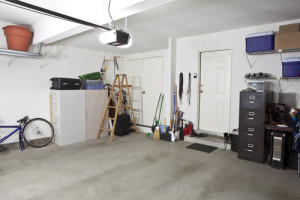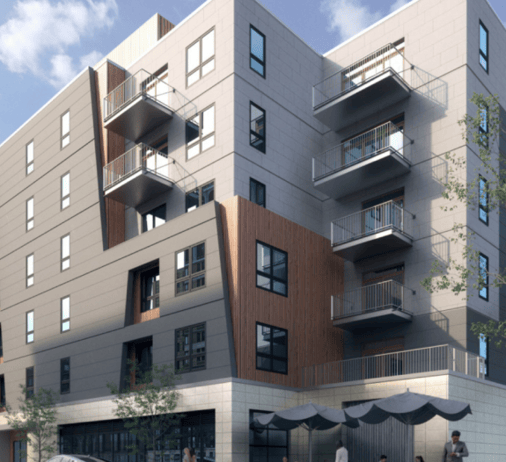Home Storage Solutions For Small Spaces
{This is a guest post}
The U.S. Census Bureau reported that, in 2012, 45 percent of homes in the entire state of Massachusetts had zero to two bedrooms. In large cities like Boston–where there is massive value packed into small spaces–you need to make sure you’re getting the biggest bang for your square-footage buck. Fortunately, there are several creative and practical storage solutions for homes on the smaller side. These storage hacks can turn any limited space into roomier, prime real estate.
Basic Storage Solutions
 Some basic inward pantries and concealable beds are simplistic in design and require very little effort, but can make a big difference. Veronica Toney of Better Homes and Gardens magazine suggests creating an open closet under under a window by simply adding a shelf at the base of the window and placing a standard hanging bar underneath it for clothing storage. This technique is optimal for small rooms and attics that may not have been designed for standard closets. The open closet requires few materials and, with two people, shouldn’t take more than 30 minutes to complete.
Some basic inward pantries and concealable beds are simplistic in design and require very little effort, but can make a big difference. Veronica Toney of Better Homes and Gardens magazine suggests creating an open closet under under a window by simply adding a shelf at the base of the window and placing a standard hanging bar underneath it for clothing storage. This technique is optimal for small rooms and attics that may not have been designed for standard closets. The open closet requires few materials and, with two people, shouldn’t take more than 30 minutes to complete.
The walls of any room are storage solutions waiting to happen. By lining the walls with shelving, more space in the room is freed up for furniture, decor and living space. Wall shelving can also add aesthetics. Time, labor, and materials are dependent upon how much shelving is required. If you need a bigger storage space then check out these self storage units.
Have A Staircase?
Adding storage under stairs is a classic method of optimizing existing space. You can attach shelving to the wall under the staircase in line with the stairs, which would only require matching the shelves to the steps. Some steps can be converted into drawers by removing the face and replacing it with custom-fitted drawers.
In-depth Storage Solutions
Many homes cannot be optimized through simple storage solutions alone and may require extreme measures in order to make the most of existing space. In some cases, some people recur to outdoor storage units and others realize that it is necessary to create space out of thin air, like adding on a bedroom, a wooden deck, a shed or a garage. A garage can make or break the sale of a home, but just know that adding a garage can tack $30,000 onto a home’s value.
Keep in mind that the larger amount of stuff you have, the less space you have to organize it in such a small space. or If you have more things to store away that do not fit, you can look into safe storage units for better organizing. On average, a standard-size, two-car garage is about 24 feet wide and nearly 25 feet deep. Constructing a garage requires a significant investment in labor, materials and equipment, so there are two things you need to remember: 1. Overbudget, because completing these projects requires large compaction equipment (i.e. compact roller, electric hammer, etc.) and/or other unforeseen expenses, which can add up quickly, and 2. Never start a project unless you’re 100 percent sure you can safely and correctly complete it. If you decide to add a garage, also be sure to give yourself enough time for the project, and not just for the construction and labor. Garage additions require approval by your local zoning commission, so submitting plans early is recommended.
Between 2012 to 2013, the prices of homes in Boston alone rose 3.1 percent, and completing renovation additions may provide higher return on investments (ROI) as home prices rise. (Check out the latest market stats!)

